We put the Vivo X80 Pro (MediaTek) through our rigorous DXOMARK Audio test suite to measure its performance both at recording sound using its built-in microphones, and at playing audio back through its speakers.
In this review, we will break down how it fared in a variety of tests and several common use cases.
Overview
Key audio specifications include:
- Two speakers (One top, front-firing, one bottom, side-firing)
- No Jack audio output
Scoring
Sub-scores and attributes included in the calculations of the global score.
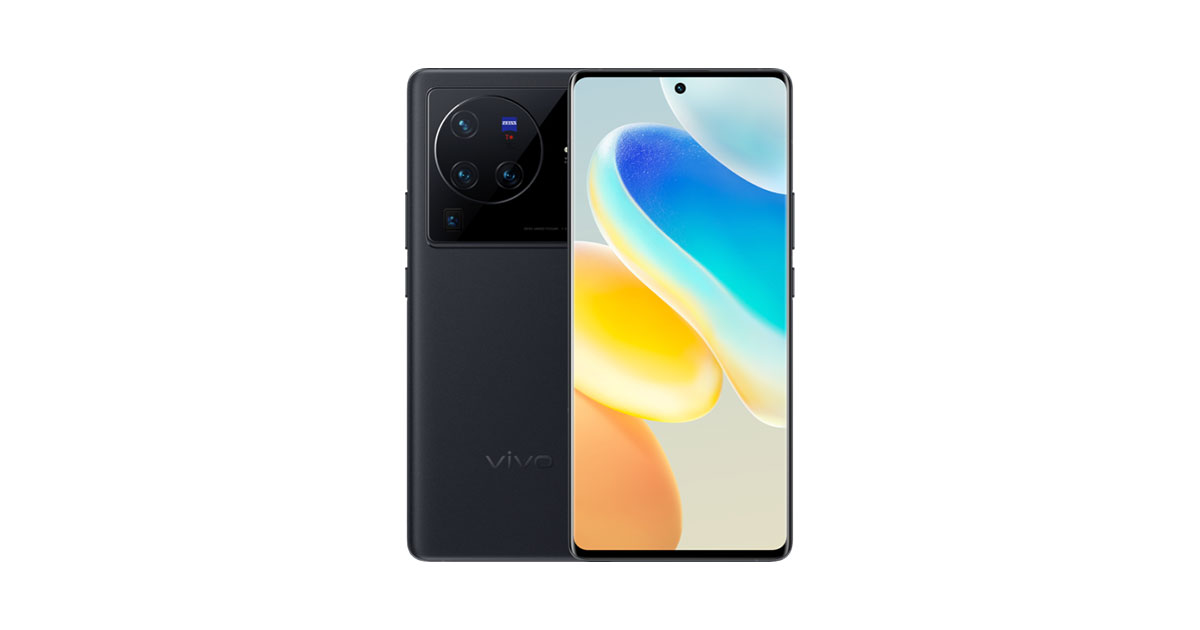
Vivo X80 Pro (Mediatek)


 95th
95th
 57th
57th
Playback
Recording
Pros
- Natural-sounding tonal balance
- Good wind noise reduction
- Good signal-to-noise ratio and intelligibility of recordings
- Handles high sound pressure levels very well
Cons
- Slight lack of low-end extension, dull treble
- Poor audio zoom
- Subject to occlusions
With a DXOMARK Audio score of 125, the Vivo X80 Pro (MediaTek) performs overall slightly below the level of its Snapdragon counterpart and finds itself in a position far from the top in our ranking. As a Playback device, it performs best when gaming and offers nice warmth in the low-midrange. Sonority sounds muffled, though. The device does well in terms of dynamics but loses points in the spatial attribute, with both wideness and distance rendering leaving room for improvement. Sound processing can behave in an unpredictable manner, resulting in a variety of artifacts.
The Vivo X80 Pro (MediaTek) achieves better results for Recording, thanks to a natural tonal balance, effective wind noise reduction, good signal-to-noise ratio, and intelligibility, as well as good handling of content with high sound pressure levels. However, our testers also noted a lack of low-end extension and dull treble rendition, along with an ineffective audio zoom feature. It’s also advisable to check your hand position when recording as covering the microphone will have a negative impact on the sound quality.
Test summary
About DXOMARK Audio tests: For scoring and analysis in our smartphone audio reviews, DXOMARK engineers perform a variety of objective tests and undertake more than 20 hours of perceptual evaluation under controlled lab conditions.
(For more details about our Playback protocol, click here; for more details about our Recording protocol, click here.)
The following section gathers key elements of our exhaustive tests and analyses performed in DXOMARK laboratories. Detailed performance evaluations under the form of reports are available upon request. Do not hesitate to contact us.
Playback
Vivo X80 Pro (Mediatek)
163
DXOMARK engineers test playback through the smartphone speakers, whose performance is evaluated in our labs and in real-life conditions, using default apps and settings.
In Playback the device offers an overall decent timbre that is a noticeable improvement over the predecessor X70 Pro. It comes with strong bass and a warm, albeit muddy, midrange. However, a lack of decent treble rendering means that there is still some room for improvement. The Vivo also gets good results for the dynamics attribute. Bass precision and punch are good, but attack sounds dulled down by processing. Overall dynamics are pretty consistent across volume levels, but there is some variance between apps and use cases.
Performance for the spatial attribute is average. Wideness could be better considering the Vivo is a big device. Depth rendering has some room for improvement, and while sound sources are easy to locate in the scene, their position seems too broad. Volume performance is below average, with minimum volume that is too quiet and inconsistent volume steps. There is hardly any distortion or pumping at high volumes, but dynamic processing can impair sound quality at any volume. While it’s easy to cover the right speaker when gaming, this luckily doesn’t have any major impact on sound quality.
Listen to the tested smartphone’s playback performance in this comparison with some of its competitors:

Timbre
Vivo X80 Pro (Mediatek)
158
The Timbre score represents how well a phone reproduces sound across the audible tonal range and takes into account bass, midrange, treble, tonal balance, and volume dependency. It is the most important attribute for playback.

Dynamics
Vivo X80 Pro (Mediatek)
149
The Dynamics score measures the accuracy of changes in the energy level of sound sources, for example how precisely a bass note is reproduced or the impact sound from drums.

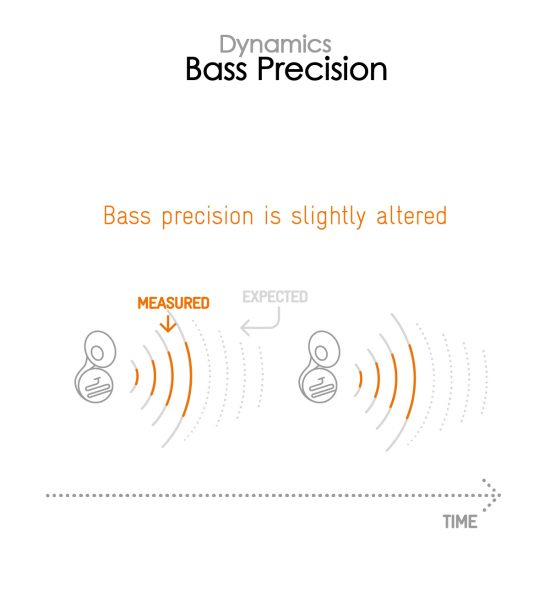

Spatial
Vivo X80 Pro (Mediatek)
162
The sub-attributes for spatial tests include pinpointing a specific sound's location, its positional balance, distance, and wideness.
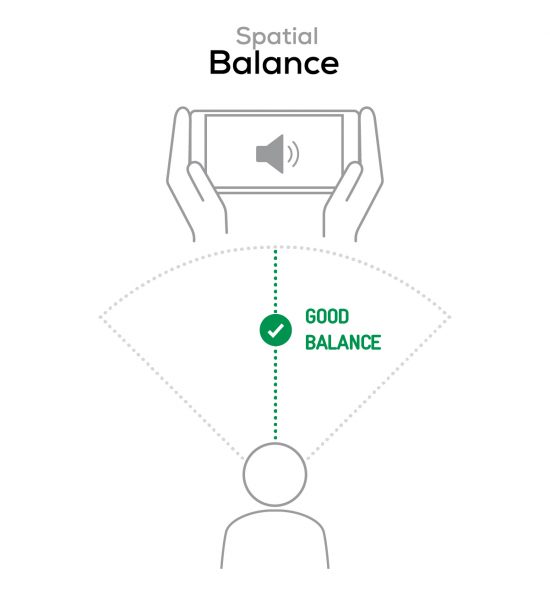
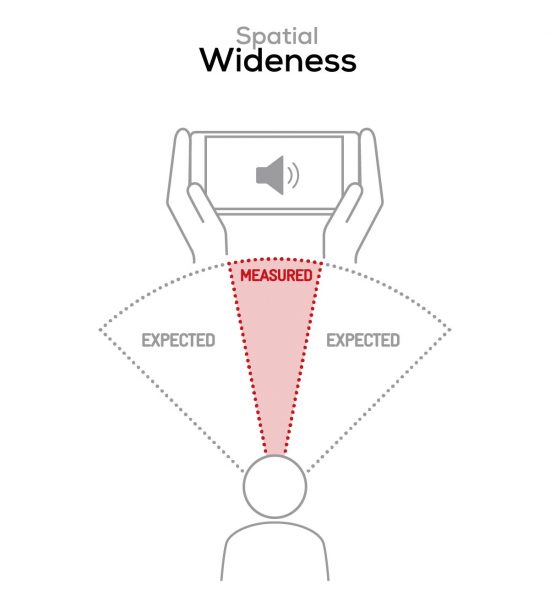

Volume
Vivo X80 Pro (Mediatek)
162
The Volume score represents the overall loudness of a smartphone and how smoothly volume increases and decreases based on user input.
| Hip-Hop | Classical | |
| Vivo X80 Pro (MediaTek) | 72.2 dBA | 73.2 dBA |
| Nubia RedMagic 7 Pro | 76.4 dBA | 73.4 dBA |
| Samsung Galaxy S22 Ultra (Exynos) | 74.1 dBA | 70.2 dBA |

Artifacts
Vivo X80 Pro (Mediatek)
157
The Artifacts score measures the extent to which the sound is affected by various types of distortion. The higher the score, the less the disturbances in the sound are noticeable. Distortion can occur because of sound processing in the device and because of the quality of the speakers.


It represents the distortion and noise of the device playing our test signal (0 dB Fs, Sweep Sine in an anechoic box at 40 cm) at the device's maximum volume.
Recording
Vivo X80 Pro (Mediatek)
160
DXOMARK engineers test recording by evaluating the recorded files on reference audio equipment. Those recordings are done in our labs and in real-life conditions, using default apps and settings.
The X80 Pro with the MediaTek chipset does somewhat better as a recording device than for Playback, with fairly solid results across most test attributes. Timbre is especially good when recording with the front camera or memo app, with a natural tonal balance, consistent bass and a midrange that offers a lot of clarity in most use cases. Treble sounds canny, though.
Well-rendered dynamics make for flawless intelligibility, thanks to a good signal-to-noise ratio and an overall accurate envelope rendition. Performance in the spatial attribute is above average but leaves room for improvement. Wideness is not quite up with the best in class but provides a good sense of immersion. Distance rendering is decent, but it’s quite difficult to pinpoint the location of individual sound sources in the scene.
Recordings have great loudness across all apps and use cases, and the device is capable of handling high sound pressure levels very well, making it a decent option for recording at loud events. This said, slight compression and distortion occur on louder content. Our testers also observed slightly more pumping and distortion on bass-heavy parts than on the Snapdragon version of the same device. Background in the recordings sounds natural and pleasing, thanks to a good tonal balance. It’s also almost free of artifacts.
Here is how the Vivo X80 Pro (Mediatek) performs in recording use cases compared to its competitors:

Timbre
Vivo X80 Pro (Mediatek)
147
The Timbre score represents how well a phone captures sounds across the audible tonal range and takes into account bass, midrange, treble, and tonal balance. It is the most important attribute for recording.

Dynamics
Vivo X80 Pro (Mediatek)
146
The Dynamics score measures the accuracy of changes in the energy level of sound sources, for example how precisely a voice's plosives (the p's, t's and k's, for example) are reproduced. The score also considers the Signal-to-Noise Ratio (SNR), for example how loud the main voice is compared to the background noise.
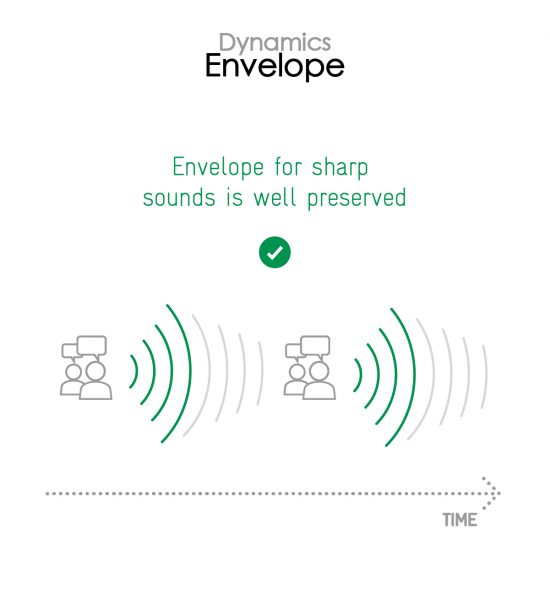
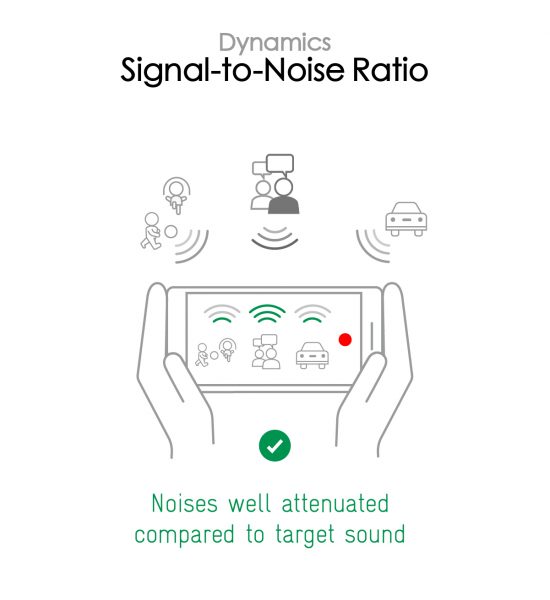

Spatial
Vivo X80 Pro (Mediatek)
159
The sub-attributes for spatial tests include pinpointing a specific sound's location, its positional balance, distance, and wideness on the recorded audio files.

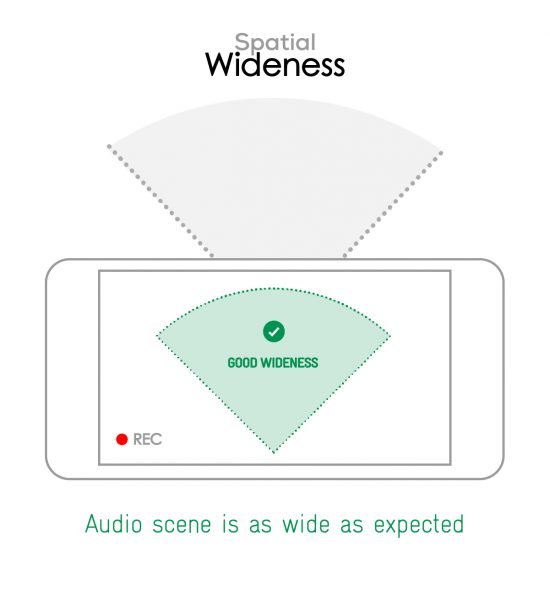

Volume
Vivo X80 Pro (Mediatek)
170
The Volume score represents how loud audio is normalized on the recorded files and the how the device handles loud environments, such as electronic concerts, when recording.
| Meeting | Life Video | Selfie Video | Memo | |
| Vivo X80 Pro (MediaTek) | -23.5 LUFS | -17.6 LUFS | -17.8 LUFS | -18.7 LUFS |
| Nubia RedMagic 7 Pro | -33.6 LUFS | -25 LUFS | -20.5 LUFS | -28.1 LUFS |
| Samsung Galaxy S22 Ultra (Exynos) | -28.8 LUFS | -21.7 LUFS | -21.2 LUFS | -23.9 LUFS |

Artifacts
Vivo X80 Pro (Mediatek)
145
The Artifacts score measures the extent to which the recorded sounds are affected by various types of distortions. The higher the score, the less the disturbances in the sound are noticeable. Distortions can occur because of sound processing in the device and the quality of the microphones, as well as user handling, such as how the phone is held.
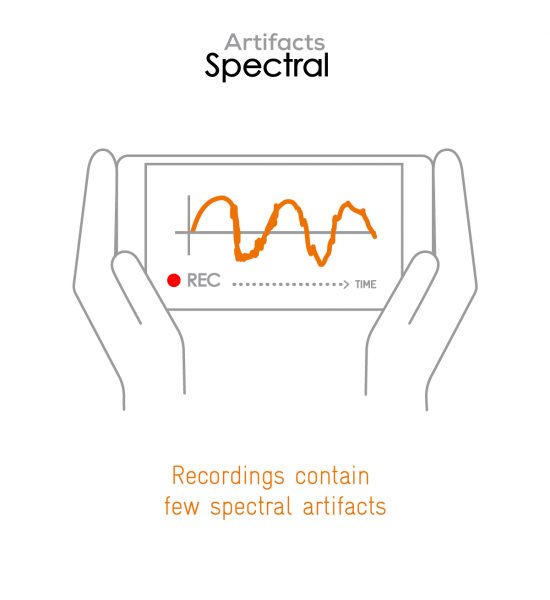

In this audio comparison, you can listen to the way this smartphone handles wind noise relative to its competitors:

Background
Vivo X80 Pro (Mediatek)
166
Background evaluates how natural the various sounds around a voice blend into the video recording file. For example, when recording a speech at an event, the background should not interfere with the main voice, yet it should provide some context of the surroundings.

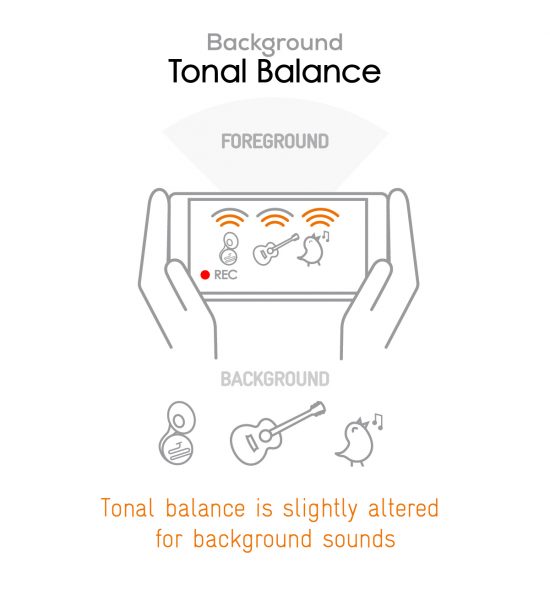


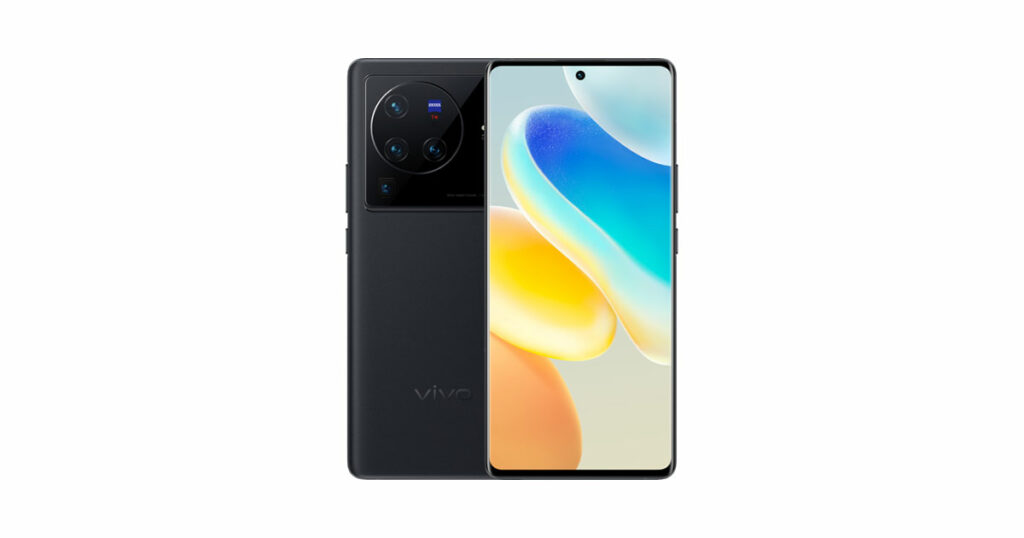
DXOMARK encourages its readers to share comments on the articles. To read or post comments, Disqus cookies are required. Change your Cookies Preferences and read more about our Comment Policy.